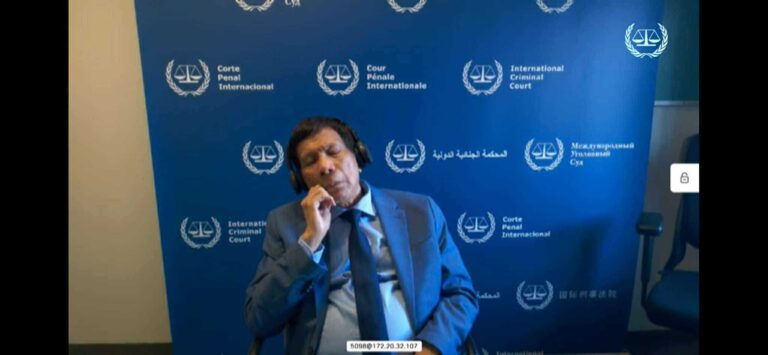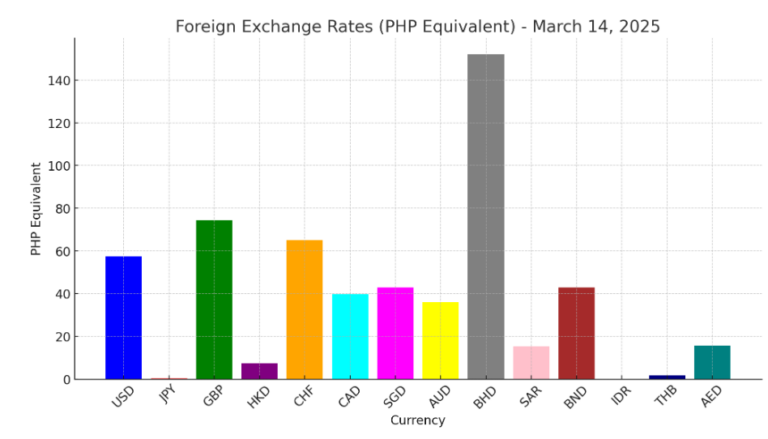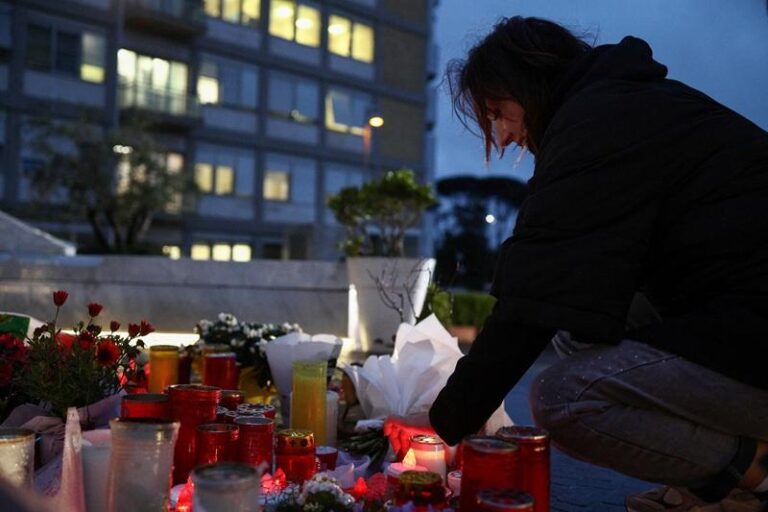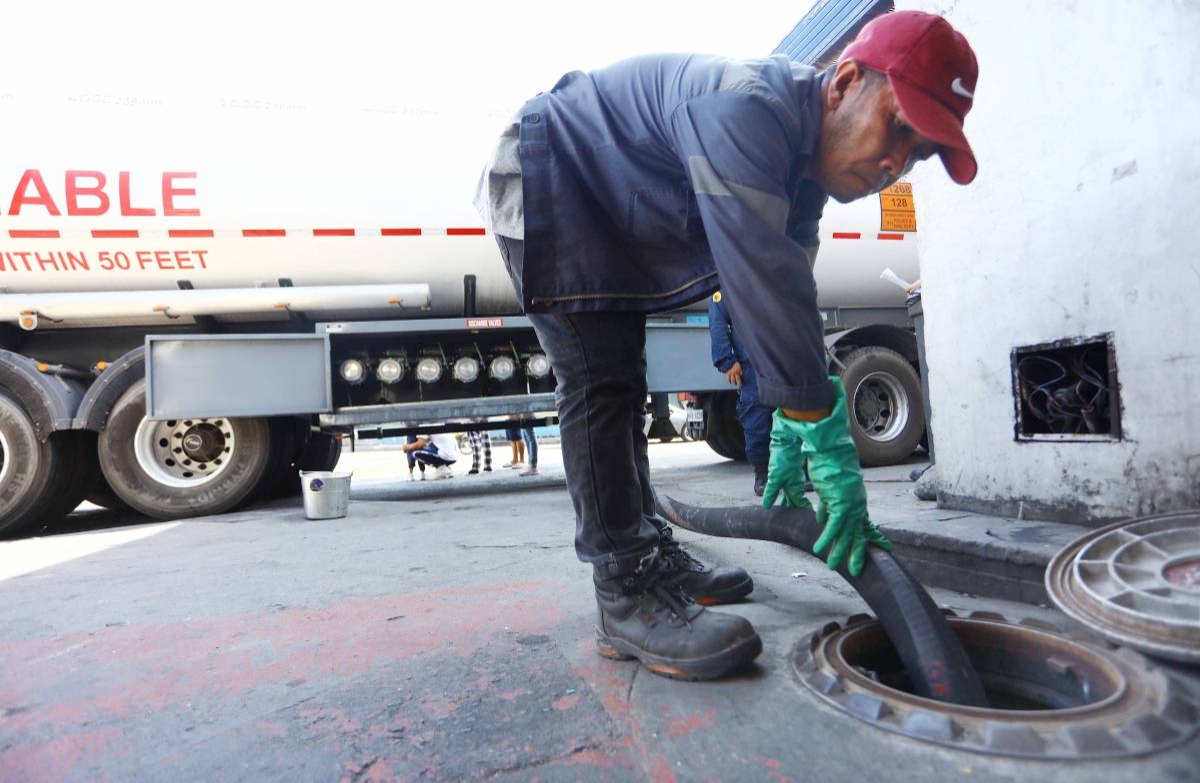HONG KONG: Oil prices soared Monday after top producers unveiled a shock output cut of more than a million barrels per day, while equities mostly rose after data showed US and European inflation eased further last month.
However, the decision by the OPEC+ cartel fanned concerns about a fresh spike in prices that could put pressure on central banks to push interest rates higher.
Both main crude contracts jumped around 8 percent at one point following the cut by Saudi Arabia, Iraq, the United Arab Emirates, Kuwait, Algeria and Oman, which was the biggest since the group slashed 2 million barrels per day in October.
It came on top of a Russian decision to extend a cut of 500,000 barrels per day, and in spite of US calls to increase production.
A Saudi energy ministry official “emphasized that this is a precautionary measure aimed at supporting the stability of the oil market,” according to the official Saudi Press Agency.
delivered to your inbox
Crude prices have come down over the past year as concerns about a possible recession caused by higher borrowing costs have offset supply worries sparked by sanctions on Russia over its invasion of Ukraine.
“The production cut, coming at a time of an uncertain global demand environment clearly shows OPEC was not happy with the movement in the oil price which had fallen over recent months,” said National Australia Bank’s Tapas Strickland.
Analysts said the decision could deal a blow to markets, which had rallied in recent weeks on optimism that the recent banking sector turmoil could force the US Federal Reserve to end its rate hike drive sooner than expected.
“For equity investors, this could be a rude awakening, as markets imply a Goldilocks outlook of reduced discount rates but no recession,” said Lazard Ltd’s Ronald Temple.
“The OPEC+ production cut is another reminder that the inflation genie is not back in the bottle.”
The production cut should prompt the Philippines to import fuel from countries who are not members of OPEC+, Sen. Maria Imelda Josefa “Imee” Marcos said.
The senator, in a text message on Monday, said that the Philippines and the global economy continue to feel the effect of the Russia-Ukraine crisis.
“While oil prices are down from the peak of almost $120 per barrel from February to March 2022, translating to local pump prices of almost P90 per liter of gasoline, the fact remains that oil prices remain high at almost P70 per liter,” she said.
Analysts, she said, have forecast the move of OPEC to increase local pump prices by as much as P3 per liter, and possibly more.
“In the short term, the government can look at G2G (government-to-government) importation with countries like India, China, and possibly Russia, to avert the supply crunch,” Marcos said.
Reacting on the same issue, Sen. Francis Joseph “Chiz” Escudero said, “It will definitely affect our recovery as it will surely have inflationary effects.”
Escudero said the Department of Finance, Bangko Sentral ng Pilipinas, Department of Energy, Department of Agriculture, Department of Trade and Industry, and Department of Labor and Employment “should meet and issue corrective plans to cushion its impact.”


















